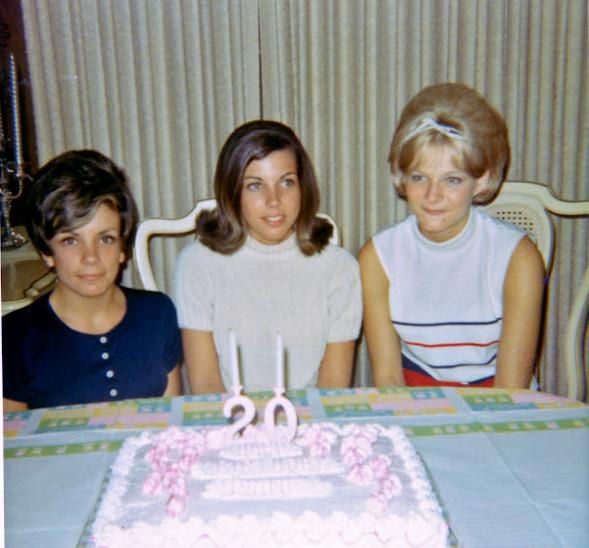Photo booths have been in the zeitgeist since the late 19th century. The earliest photo booth patent was filed in 1888 by William Pope and Edward Poole in Baltimore, but there is no known record of a working version.

The first-ever working photo booth was made by French inventor T.E. Enjalbert in March 1889 and was presented later that same year at the World’s Fair in Paris. He named it the “Apparatus for Automatic Photography” (which sounded way cooler in french: Appareil pour la photographie automatique). A similar machine was patented only a year later in America by photographer Mathew Steffens. These earlier versions were not as impressive as they thought they would be as they still required a lot of manpower (at least 20 people) and were not as efficient as they intended them to be.
While a few had tried before, the photo booth as we think of it today was created by Anatol Marco Josepho. Born as Anatolу Markovich Yozefovich in Tomsk, Russia on March 31, 1894. Josepho was born to a wealthy family of jewelers. He started showing interest in photography at the age of 15 using his first Brownie camera. In his teens, he went to a technical institute to pursue his growing interest in photography. Before the beginning of the first World War, his father sent him to Germany where he studied photography. This is when he began conceptualizing his “automatic photo machine”.
In the 1930s, photo booths became a popular form of entertainment, and they could be found in amusement parks, boardwalks, and arcades. During World War II, photo booths became a way for soldiers to send pictures home to their loved ones. Check out these vintage portraits of men with hats posing in a photo booth:






































